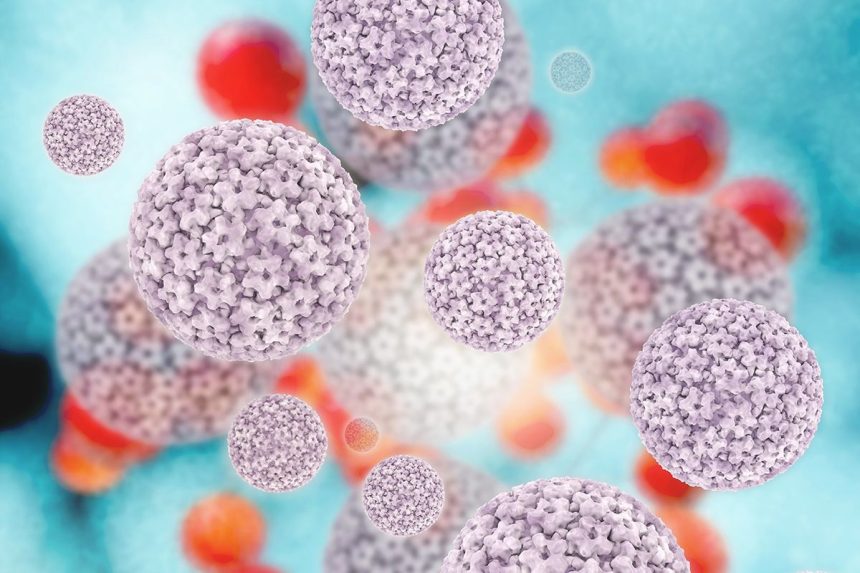Why Penile Cancer Cases Are Increasing?
Penile cancer is rare, but the number of cases is increasing. It is usually caused by HPV viruses. The earlier you have suspicious symptoms checked, the sooner it can be cured without permanent damage.

Penile cancer is rare, but the number of cases is increasing. It is usually caused by HPV viruses. The earlier you have suspicious symptoms checked, the sooner it can be cured without permanent damage.

